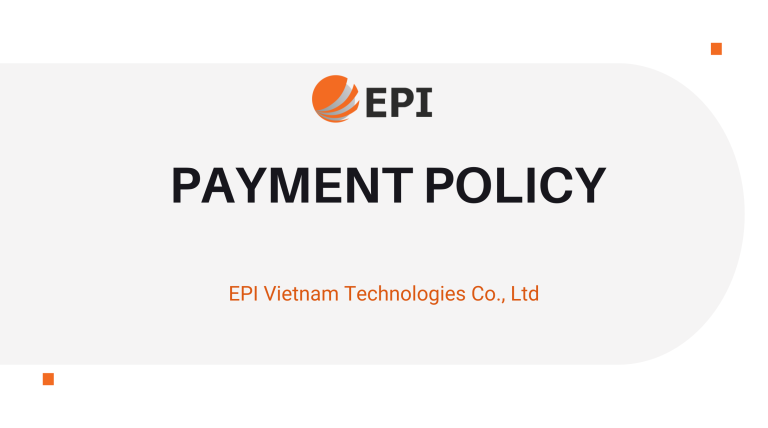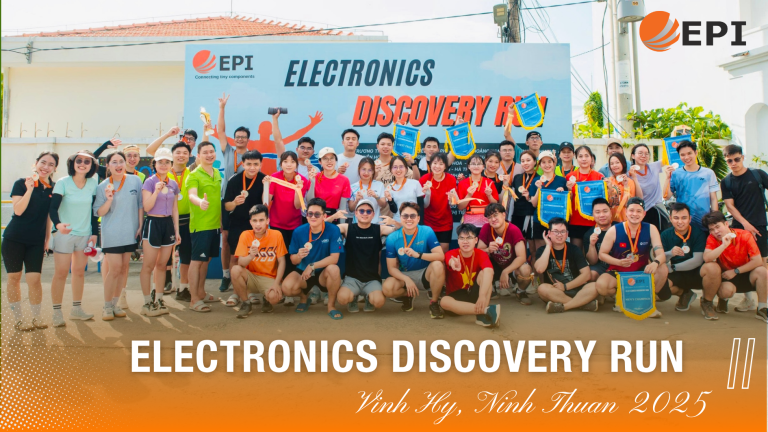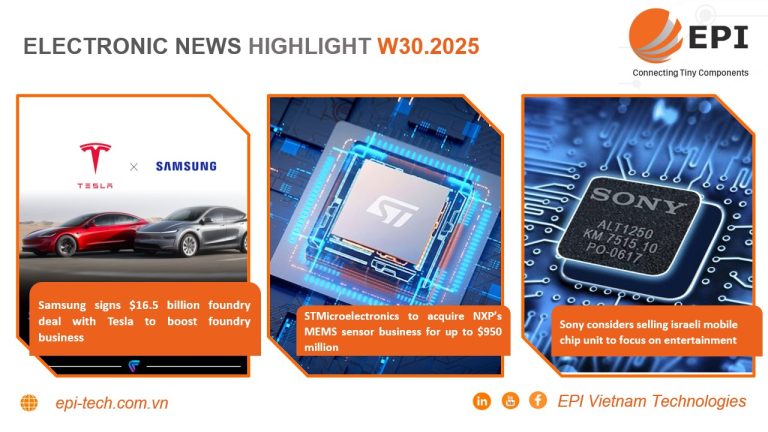ELECTRONIC NEWS HIGHLIGHT W26.2025

1. Renesas joins Wolfspeed restructuring plan, expects $1.7 billion loss
Renesas Electronics said it has signed a Restructuring Support Agreement (RSA) with Wolfspeed and the company’s major creditors, as Wolfspeed prepares for a court-supervised restructuring under Chapter 11 of the U.S. Bankruptcy Code. Renesas could record an impairment loss of up to 250 billion yen (about $1.7 billion) due to the revaluation of its previous deposits.
Renesas committed to a $2 billion deposit to Wolfspeed in 2023 under a long-term silicon carbide (SiC) wafer supply agreement, later increased to $2.062 billion. Facing financial pressure, Wolfspeed disclosed in May 2025 that it may pursue a court-ordered restructuring and added going concern language to its financial filings.
Under the new agreement, Renesas will convert its $2.062 billion deposit into a mix of Wolfspeed securities. This includes $204 million in convertible notes due in 2031, representing approximately 13.6% of Wolfspeed’s outstanding shares on a non-diluted basis or 11.8% on a fully diluted basis. In addition, Renesas will purchase 38.7% of Wolfspeed’s common stock, representing 17.9% on a fully diluted basis prior to the exercise of the warrants, along with warrants representing an additional 5% of the fully diluted shares.
Renesas expects the restructuring to close by the end of September 2025, subject to court and regulatory approval. If the regulatory settlement is delayed, Renesas will hold the instruments with equivalent economic rights until approval. The company estimates a potential impairment loss of approximately JPY250 billion for the six months ending June 30, 2025. The final figures will be determined in conjunction with auditors and disclosed later.
Learn more: Renesas joins Wolfspeed restructuring plan, expects $1.7 billion loss
2. Global Foundry Market 2.0 Sees 13% Revenue Growth in Q1.2025
Global foundry industry 2.0 revenue reached US$72.29 billion in Q1, up 13% year-on-year, driven by rising demand for AI and high-performance computing (HPC) chips, according to Counterpoint Research.
The company reported that advanced process nodes — 3nm, 4nm/5nm — and sophisticated packaging such as CoWoS are key growth catalysts. “TSMC maintains its leadership, with a market share of around 35% and revenue growth of nearly 30% year-on-year, supported by the company’s strengths in advanced process technologies and large AI chip orders,” said Brady Wang, vice president at Counterpoint. “Intel’s foundry business is growing strongly through Intel 18A and Foveros, while Samsung, despite developing 3nm GAA, still faces yield challenges.”
Counterpoint notes that traditional foundry (manufacturing 1.0) focusing solely on wafer fabrication no longer reflects the current dynamics of the industry. The new foundry 2.0 model, driven by AI trends and system-level optimization, is moving companies toward full-stack technology integration. This expanded definition now includes pure foundries, IDM-free fabs, OSATs, and photomask suppliers. In contrast, foundry 1.0 is limited to pure manufacturing companies.
Learn more: Global Foundry Market 2.0 Sees 13% Revenue Growth in Q1.2025
3. Intel to Cut Up to 20% of Foundry Staff as Manufacturing Restructuring
Intel plans to lay off up to 20% of its manufacturing staff, signaling a major shift in the company’s foundry strategy as it grapples with continued financial difficulties and growing competition in the semiconductor industry.
Naga Chandrasekaran, Intel’s vice president of manufacturing, confirmed that the company will begin cutting jobs starting in July. “While these decisions are painful, they are necessary to align our resources with our financial capabilities.”
The layoffs are part of a broader cost-control effort. With Intel employing about 109,000 people by the end of 2024, and estimates that nearly half of those are in manufacturing, the move could affect more than 10,000 workers globally.
The foundry division includes a wide range of roles, from technicians on the production floor to researchers working on next-generation processors. It is central to Intel’s efforts to regain competitiveness in advanced node technologies and AI chips.
In addition to the foundry cuts, Intel is also planning to cut workforces in other divisions, although no details have been released. Last year, Intel cut 15,000 jobs globally, including 3,000 in Oregon.
Faced with weaker sales of computer and server chips and delays in developing advanced products, Intel is adjusting its investment priorities. Unlike previous rounds of layoffs, this round will not include voluntary buyouts, and decisions will be made based on business needs and individual performance.
Learn more: Intel to Cut Up to 20% of Foundry Staff as Manufacturing Restructuring
#ASEAN #AsiaPacific #distributor #Global #electronicdistributor #PCBA



 English
English  Tiếng Việt
Tiếng Việt 













